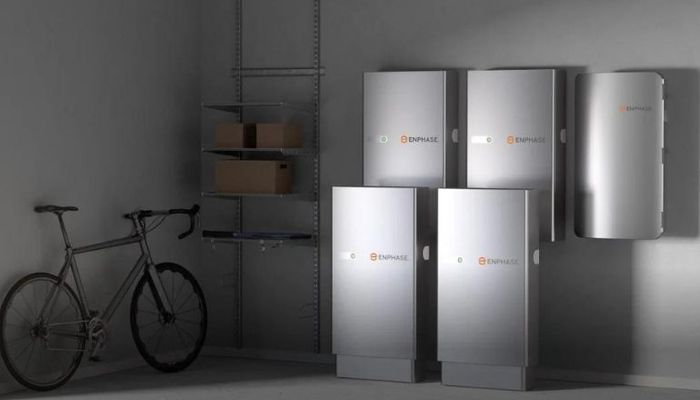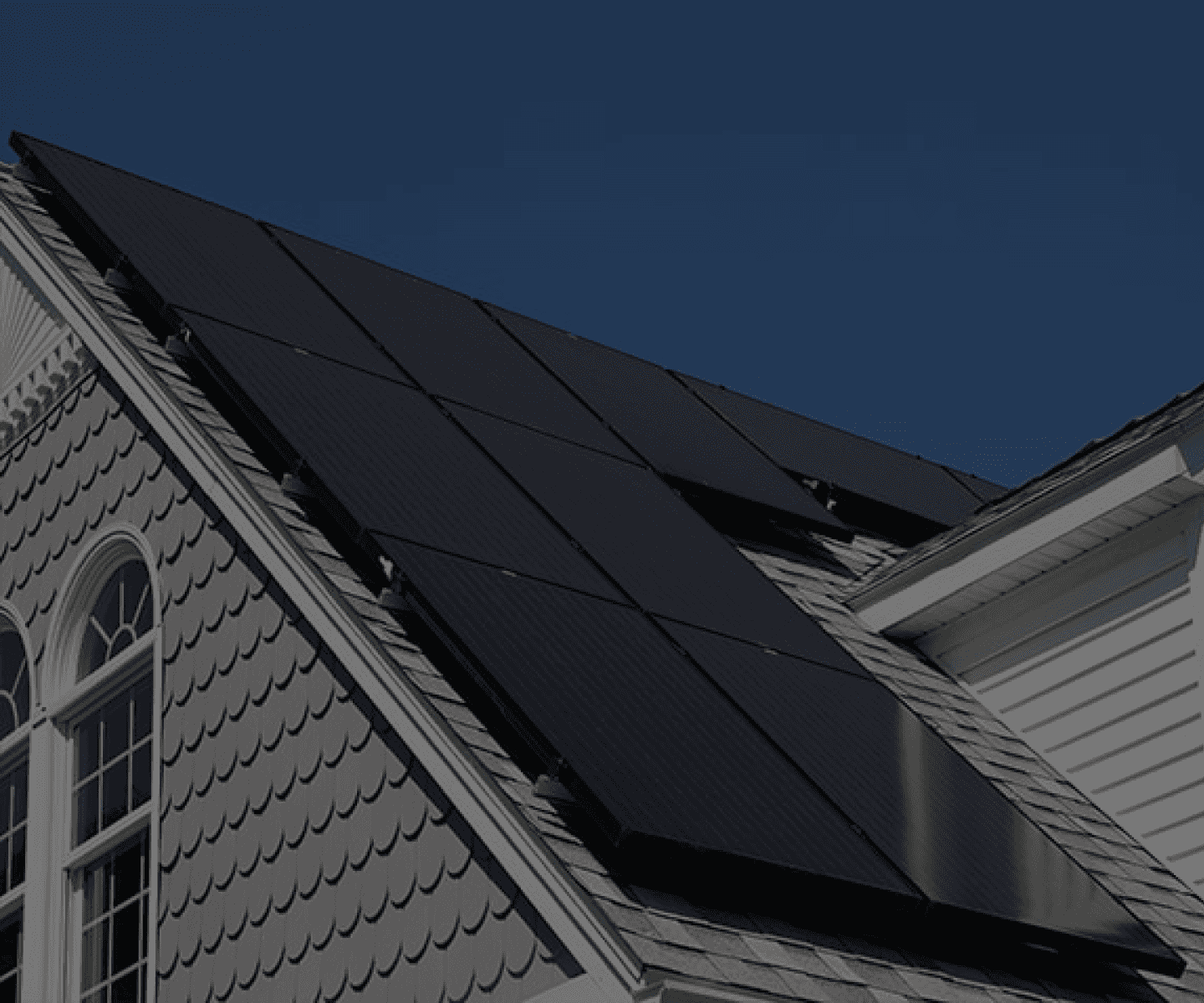Grounding Overview for DIY Solar: 5 Helpful Tips

One of the trickiest things about DIY solar installations is grounding. You’ll have to meet grounding requirements to pass your solar panel inspection before turning on your system. If you’re not careful, you risk making a mistake that could cause you to fail your inspection.
In this article, we’ll walk you through how to ground solar panels and discuss essential grounding tips you need to know for a successful DIY installation.
What Are Grounding Requirements?
Grounding solar panels means bonding them to “earth ground” — typically with a copper rod in the dirt. But there’s much more to this story.
You’ll often find conflicting information on the proper way to ground solar panels. And when it comes to grounding, there are a few different techniques. You might hear different interpretations of the National Electric Code and other regulations depending on who you talk to.
National Electric Code (NEC)
The National Electric Code (NEC) is the authority on any electrical system installation. Every three years, a new version of the NEC is released; the most recent version came out in 2020.
Section 250 of the NEC (which is 35 pages long) details the grounding of electrical systems.
PV System Inspections
Building departments will reference the NEC, so it’s critical to know exactly which version they are referring to, as there can be significant variations from one version to the next.
Additionally, PV inspectors that work for building departments may interpret the NEC differently and could require you to modify some things outside of the NEC requirements.
It’s hard to win an argument with a building department inspector, so your best bet is to follow these tips below to pass your inspection with flying colors.
Read: What Happens During a Solar Panel Inspection?
System Grounding vs. Equipment Grounding
System grounding is the intentional connection of a current carrying conductor to earth ground. In U.S. homes, the neutral conductor bonds to ground in one location (typically in the main service panel). On PV systems, traditionally, the DC negative bonds to ground but is often done internally to the equipment and isn’t always a direct connection (more on that later).
Equipment grounding bonds all non-current-carrying metal parts to ground. In a PV system, this includes racking, solar panel frames and equipment enclosures.
5 Tips to Avoid Common Grounding Issues
Here are some grounding tips to help you avoid common inspection failures and system issues.
Read Solar Racking Instructions
Reading installation manuals isn’t the greatest thing in the world, but if you’re doing a DIY solar installation, you do not want to skip this step.
Installing your solar racking system properly can help you ground correctly. Most racking systems are UL-listed to bond PV module frames to the racking. All you have to do is connect the equipment grounding conductor to one rail in each row, allowing all metal parts to bond to the grounding conductor.
Your installation manual should include a solar panel grounding diagram that shows the bonding points at each solar panel and across racking splices. You’ll see where each part ties in and where you’ll need to connect your ground wire.
If your racking system does not have this feature, you’ll need to connect a grounding lug to each PV module frame and every piece of racking to ground your solar system properly.
Use #6 AWG Bare Copper Wire Outside of Conduit
According to the NEC, conductors “subject to physical damage” must be #6 AWG or larger. It’s easy to debate whether the wire grounding your solar panels is subject to physical damage because they’re on your roof and under solar panels.
But if your building department inspector requires #6 AWG under your array and your ground wire is smaller than that, changing it will take a lot of work. So, it is best to use #6 AWG bare copper wire under the array and then transition to a smaller, stranded ground wire to pull through the conduit.
Ground All Metal Conduit
All metal conduit, including EMT and FMC, counts as a non-current-carrying metal part that needs to be grounded as well. Luckily, it only takes a minute to add a grounding bushing at the ends of your conduit before you pull the wire through.
Failure to ground your metal conduit could result in extra hours of effort and frustration if your inspector dings you for this criteria.
Connect to Existing Grounding System
You will land the EGC from the PV system on the grounding busbar of the main service panel. It is also a good idea to continue it to the main grounding system for the house, which will typically be a ground rod or U-fer (a concrete-encased grounding electrode usually inside a wall near the main service panel.
If you can’t access the grounding rod or U-fer, the next best thing is to make an irreversible crimp to the main grounding conductor that runs from the main service panel to the ground rod or Ufer.
Understand the System Grounding Requirements for Your Equipment
Most PV inverters will handle your system grounding requirements, so there isn’t much to worry about. In fact, most newer systems don’t directly bond DC negative to ground. If you’re using one of these inverters, your system will be considered “ungrounded” or “functionally grounded,” depending on which version of the NEC you’re looking at.
Some charge controllers bond DC negative to ground internally, while others require you to make that bond externally. If you use an internally-bonding charge controller but bond externally, you will cause a ground fault. Or, if your charge controller requires an external bond and you fail to do so, you may cause a shock hazard.
Ultimately, you need to know how your inverter or charge controller affects system grounding, so be sure to follow the directions to a tee.
Still unsure about whether you meet grounding requirements and can pass your solar inspection? GoGreenSolar’s DIY veterans are here to help you throughout the solar panel installation process and can offer the best tips and suggestions to avoid pitfalls with grounding.
Contact us today if you need support with your DIY installation!






